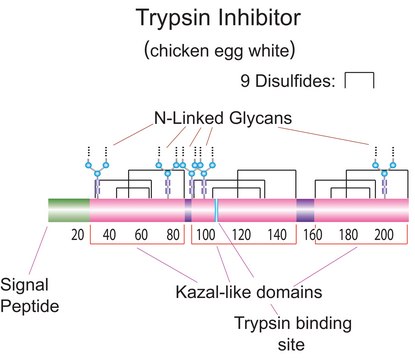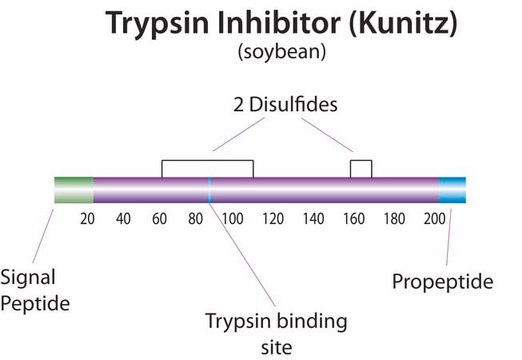GF42616076
Iron
rod, 100mm, diameter 5.0mm, as drawn, 99.99+%
Synonym(s):
Iron, FE007943
Select a Size
Select a Size
About This Item
Assay
99.99%
form
rod
manufacturer/tradename
Goodfellow 426-160-76
resistivity
9.71 μΩ-cm
L × diam.
100 mm × 5.0 mm
bp
2750 °C (lit.)
mp
1535 °C (lit.)
density
7.86 g/mL at 25 °C (lit.)
SMILES string
[Fe]
InChI
1S/Fe
1 of 4
This Item | T2011 | T2327 | 650357 |
|---|---|---|---|
| biological source chicken egg white | biological source chicken egg white | biological source Glycine max (soybean) | biological source - |
| Quality Level 200 | Quality Level 300 | Quality Level 200 | Quality Level 300 |
| form powder | form powder | form lyophilized powder | form lyophilized solid |
| storage temp. 2-8°C | storage temp. 2-8°C | storage temp. 2-8°C | storage temp. −20°C |
| solubility water: soluble 10 g/L | solubility water: soluble 10 g/L | solubility - | solubility 67 mM potassium phosphate buffer, pH 7.6: 5 mg/mL |
| mol wt 14 kDa | mol wt 14 kDa | mol wt - | mol wt - |
General description
Legal Information
Regulatory Information
Choose from one of the most recent versions:
Certificates of Analysis (COA)
It looks like we've run into a problem, but you can still download Certificates of Analysis from our Documents section.
If you need assistance, please contact Customer Support.
Already Own This Product?
Find documentation for the products that you have recently purchased in the Document Library.
Our team of scientists has experience in all areas of research including Life Science, Material Science, Chemical Synthesis, Chromatography, Analytical and many others.
Contact Technical Service

